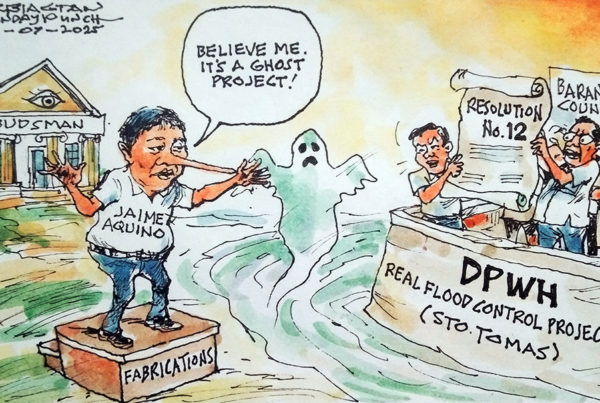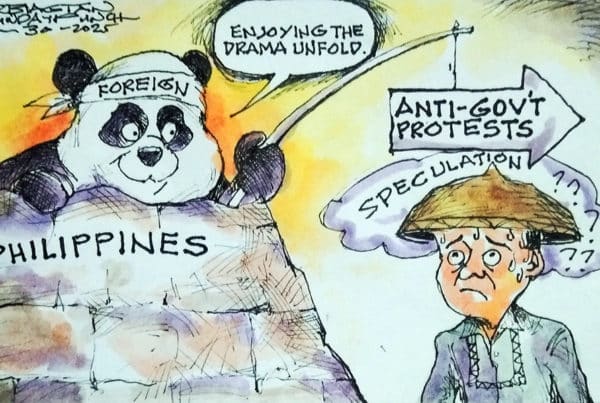Editorial
A drug-free Pangasinan
MORE than 100 barangays in Pangasinan are afflicted with the illegal drug menace, according to Director Jeoffrey Tacio of the Philippine Drug Enforcement Agency (PDEA)-Region 1, substantiating an earlier report by Secretary Antonio Villar Jr., chairman of the Dangerous Drugs Board (DDB), who had a list of at least 78. And they are one in saying that the worst of these is Barangay Bonuan Binloc in Dagupan City, tagged as a hub of illegal drug trafficking not just in the province but also within Region 1 and the neighboring Cordilleras. These news over the last two weeks are a confirmation of a long-running story on the drug problem in Pangasinan, which raises the question: why is it seemingly not being addressed?
Political will is key. Local government officials, with the city and municipal police teams, need to step up efforts and the campaign needs to be sustained. Illegal drugs by itself is already a very grave threat to the communities, especially to the youth. What makes it worse is illegal drugs are also at the root of many crimes, particularly, thefts, homicide and rape.
PDEA and the DDB have repeatedly pronounced and demonstrated their readiness to support campaigns and operations to eradicate the drug problem in the province. LGU officials and the police have the bigger responsibility of drawing up a serious and long-term plan to make Pangasinan drug-free, an achievement that no province has claimed.
We challenge the re-elected and newly elected provincial officials led by Gov. Amado Espino Jr., who will be serving his third and final tenure, and the city/town mayors to make this proud claim a reality during their term in the next three years.
* * * * * *
Flooding, again
WITH the rains come the floods, a yearly malady that terribly hits us with telling severity. At times, many lives are lost, if not limbs destroyed, not to mention crops devastated and infrastructure damaged. And yet, yearly also, we acknowledge with clockwork precision the No. 1 cause of flooding: Clogged waterways.
Of course, there are other causes, like the wanton felling of trees in our forests, and the unabated mushrooming of squatters a.k.a. informal settlers in the country’s major cities, especially at esteros and river banks where they become major pollutants that impede the natural flow of waters into the sea.
We know the reasons, we know the solutions, but the trouble is, through the years, if not decades, the flooding problems have not been addressed with consistency.
Five presidents, including P-Noy who was elected in 2010, have occupied Malacanang from the Edsa Revolt in 1986. Twenty-seven wasted years so far as not one President has prioritized flood control. When will the flooding end?









